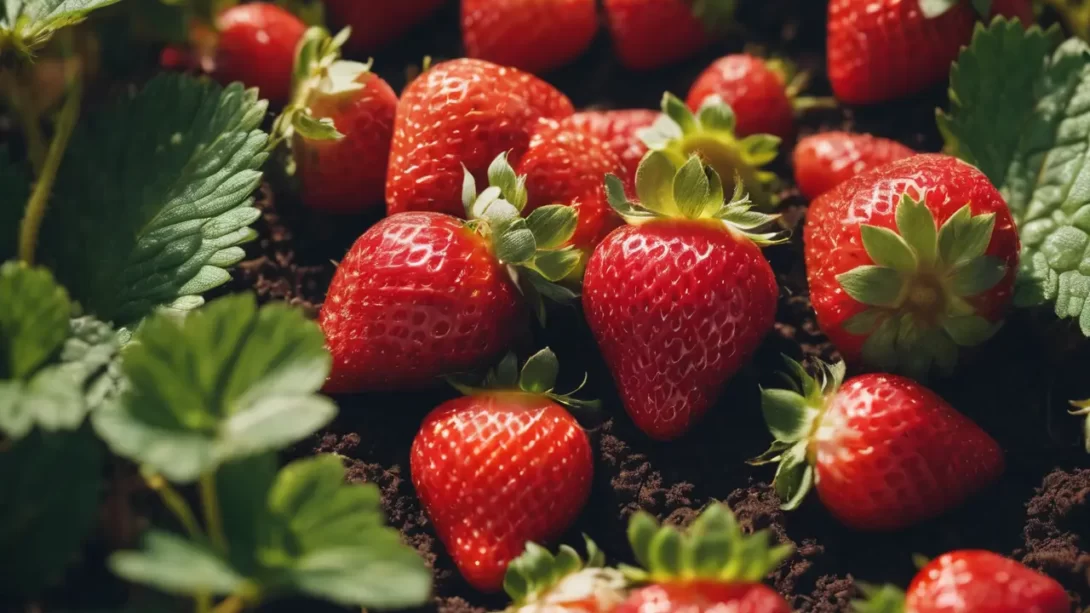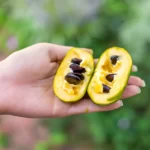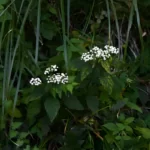Strawberry plants, cherished for their sweet and juicy fruits, are a common sight in many home gardens. A frequent question among gardening enthusiasts is whether strawberries are annuals or perennials. This article aims to clarify this aspect by exploring the nature and life cycle of strawberry plants, providing valuable insights for both novice and experienced gardeners.
Strawberry Plants
Strawberry plants, belonging to the genus Fragaria, are known for their lush green foliage, white flowers, and, most notably, their red, aromatic fruits. There are primarily three types of strawberry plants: June-bearing, which produce a single, large crop in early summer; everbearing, yielding two to three harvests throughout the growing season; and day-neutral varieties, capable of producing fruit continuously in favorable conditions.
The general growth habit of strawberries includes the development of a central crown that produces leaves, flowers, and runners. The runners, or stolons, help the plant spread and can root to form new plants. This characteristic plays a significant role in understanding the perennial nature of strawberries.
The Perennial Nature of Strawberries
Contrary to some misconceptions, strawberries are perennial plants. This means that a single strawberry plant can live and produce fruit for several years. In typical conditions, after the fruiting season, the plants go dormant, especially in colder climates, only to rejuvenate and produce fruit again in the following growing season.
During dormancy, strawberry plants conserve energy and resources to survive through winter. As temperatures rise in spring, the plants resume growth, developing new leaves and flower buds, leading to the next fruiting cycle. This perennial cycle can continue for several years, provided the plants receive proper care and maintenance.
Cultivation Practices for Strawberries
Strawberry plants are generally easy to cultivate and can be grown in a variety of settings, including garden beds, containers, and hanging baskets. When planting strawberries, it’s important to choose a location with full sunlight and well-draining soil. Proper spacing is also crucial to allow enough room for growth and air circulation.
For perennial strawberry plants, yearly maintenance is key. This includes regular watering, mulching to retain soil moisture and control weeds, and applying fertilizer to support healthy growth and fruit production. Pruning and removing dead or diseased leaves and runners are also essential to keep the plants vigorous.
Strawberry Plant Longevity and Renewal
On average, a strawberry plant can be productive for about three to five years. However, the productivity and health of the plant may decline over time. To maintain a productive strawberry patch, gardeners often use runner propagation. This involves allowing some runners to root and develop into new plants, gradually replacing older, less productive plants.
Renewing strawberry beds is an essential aspect of their care. Over time, older plants should be replaced with new ones to ensure continued fruit production. Signs that indicate it’s time to renew your strawberry patch include reduced fruit size, fewer berries, and increased susceptibility to pests and diseases.
Annual vs. Perennial Considerations in Strawberry Gardening
While strawberries are perennials by nature, some gardeners choose to treat them as annuals, especially in commercial farming. This approach involves planting new strawberries each year to ensure a consistent and high-quality yield. This method can be particularly effective for certain types of strawberries or in specific growing conditions.
For home gardeners, the decision to treat strawberries as annuals or perennials depends on their gardening goals, available space, and personal preferences. Some may prefer the convenience and reduced maintenance of annual planting, while others enjoy the ongoing care and connection with perennial plants.
Conclusion
In conclusion, strawberries are indeed perennial plants, capable of producing fruit for several years under the right conditions. Their enduring nature, coupled with proper cultivation and renewal practices, can lead to a bountiful harvest year after year. The choice to grow strawberries as perennials or treat them as annuals in your garden depends largely on your specific circumstances and gardening preferences.
For those who embrace the perennial nature of strawberries, the joy of watching the same plants awaken each spring and yield fresh fruit can be immensely satisfying. This approach, however, requires attention to the plants’ changing needs over time, particularly in terms of renewal and managing aging plants.
Conversely, treating strawberries as annuals might appeal to gardeners looking for consistent, high-quality yields or those dealing with limited space. This method involves replanting each year but can simplify some aspects of care and pest management.
Regardless of the approach, growing strawberries offers a rewarding experience. These versatile plants can adapt to various environments, from spacious garden beds to compact containers, making them suitable for a wide range of gardeners. By understanding the nature of strawberry plants and employing effective cultivation techniques, you can enjoy the sweet rewards of your labor season after season.
For gardening enthusiasts, the strawberry plant serves as a wonderful example of how a little care and knowledge can lead to delightful results. Whether you’re a seasoned gardener or just starting, the world of strawberry cultivation is ripe for exploration and enjoyment.




